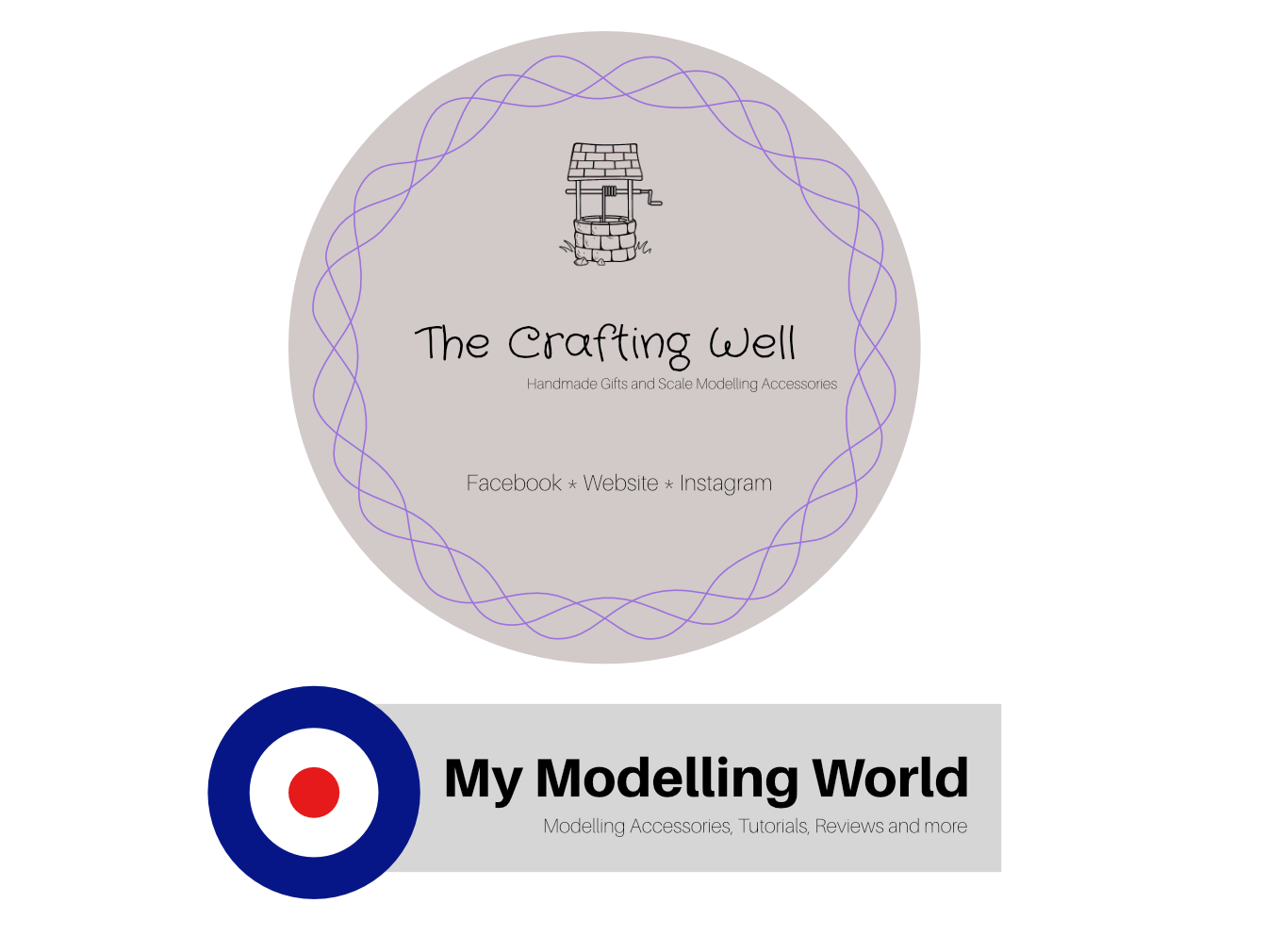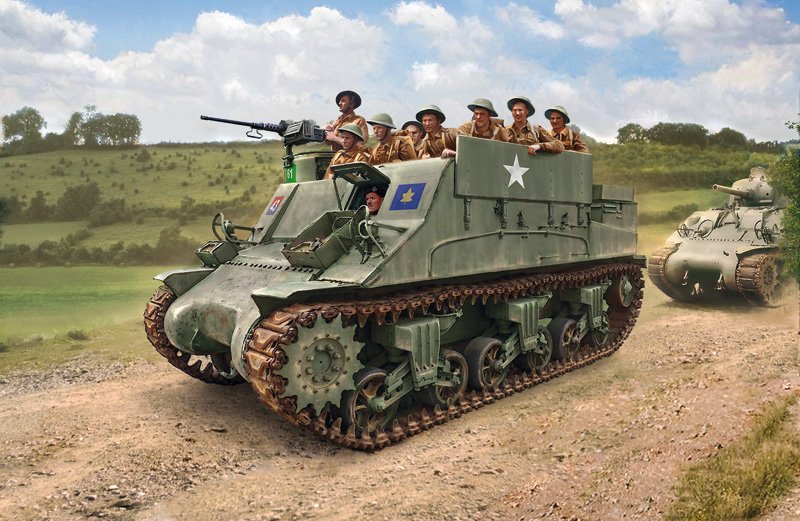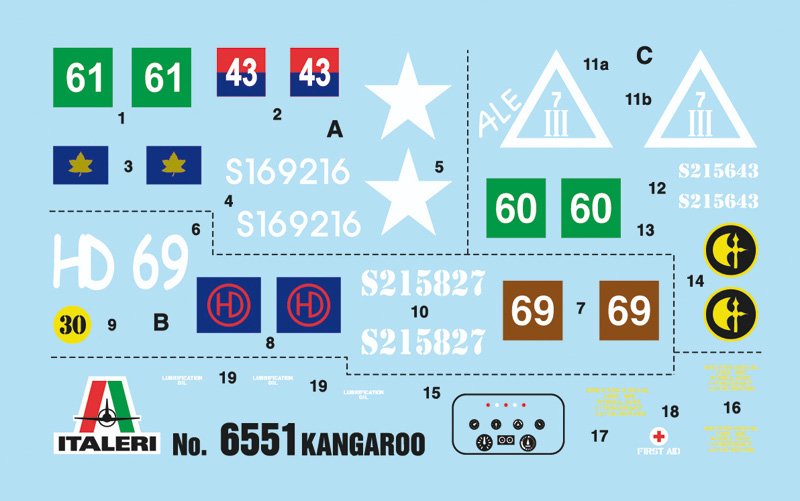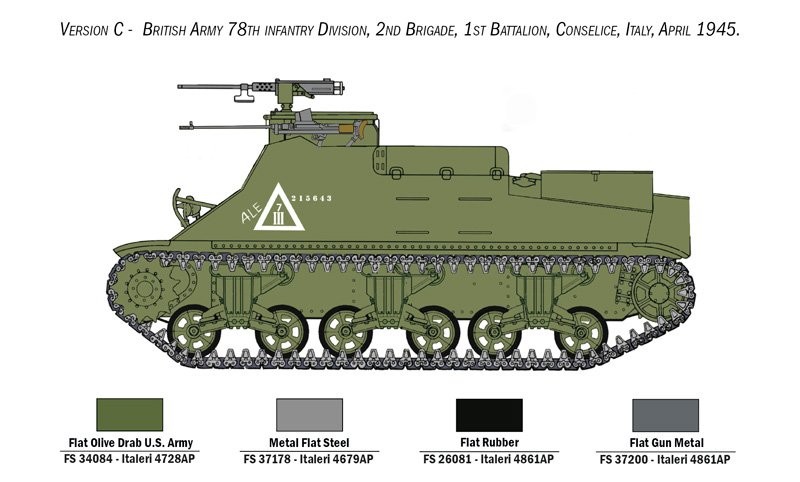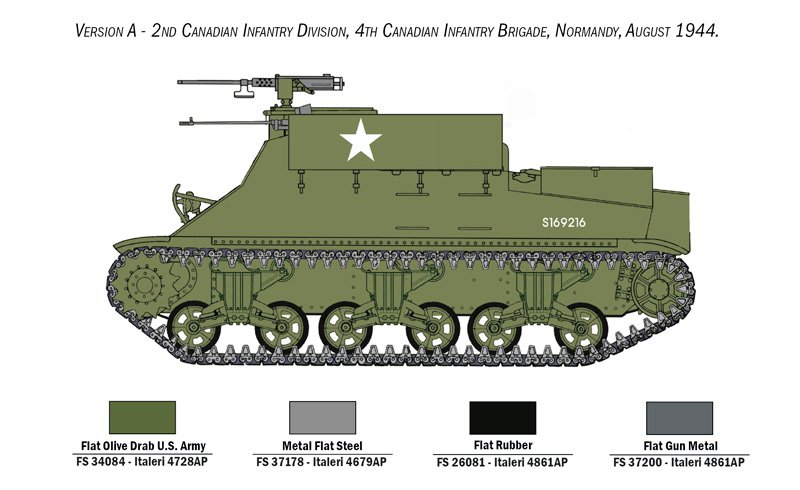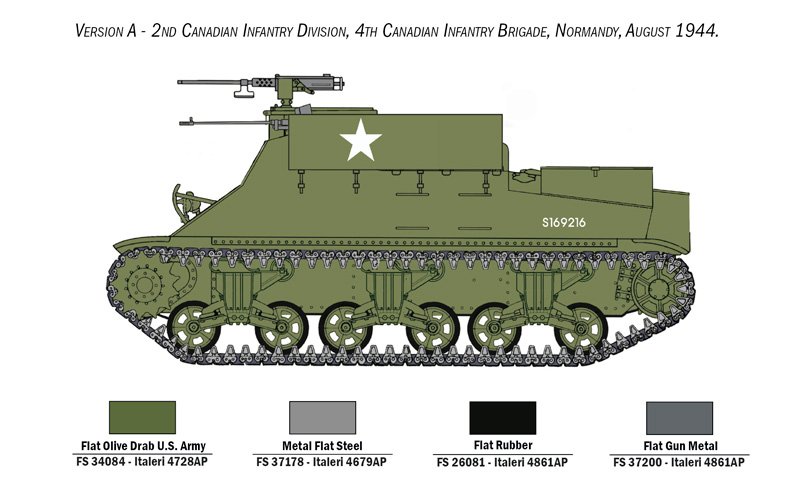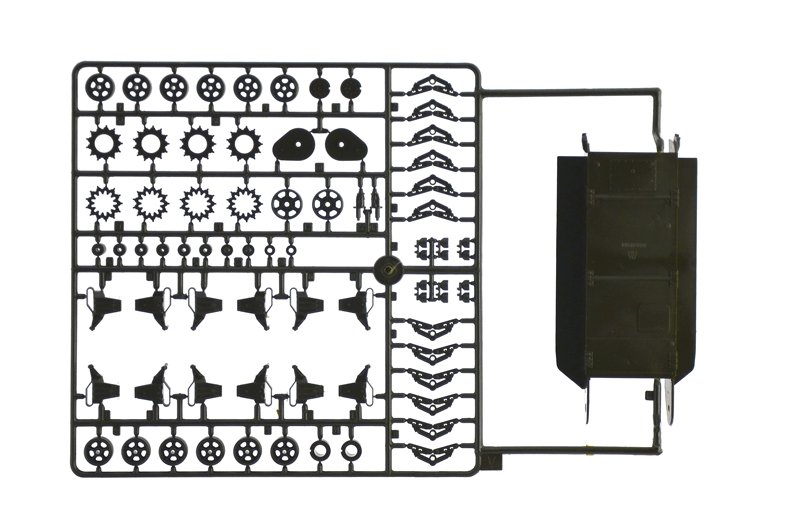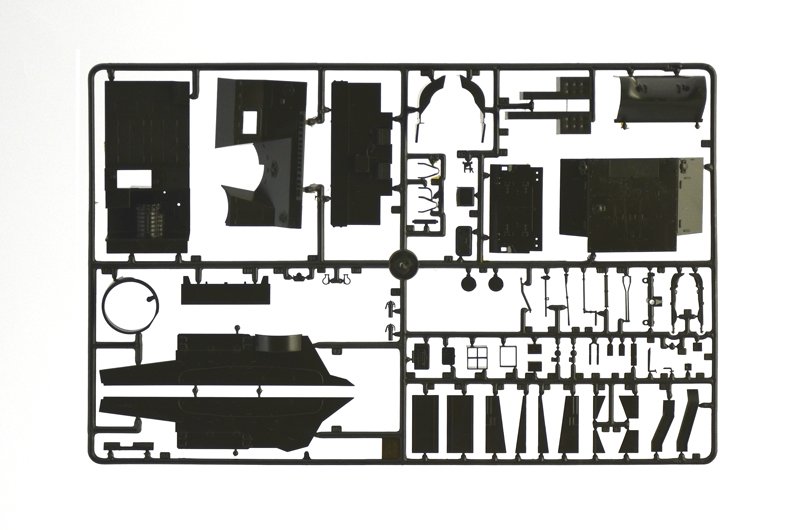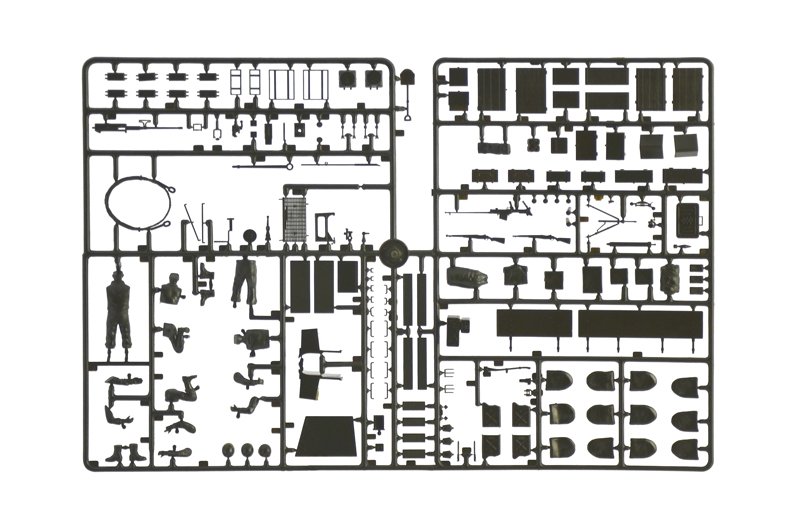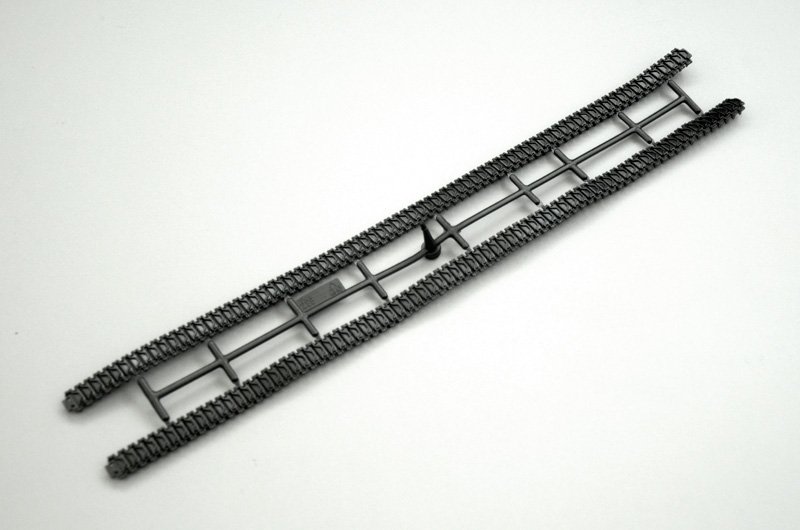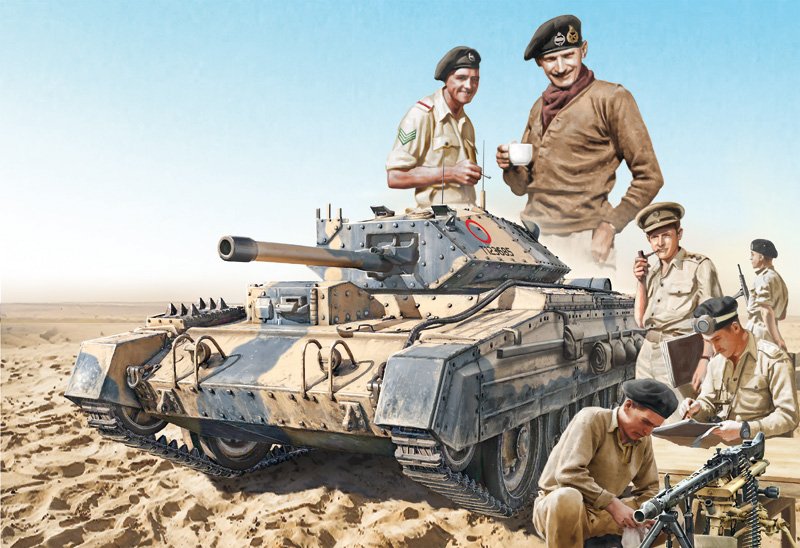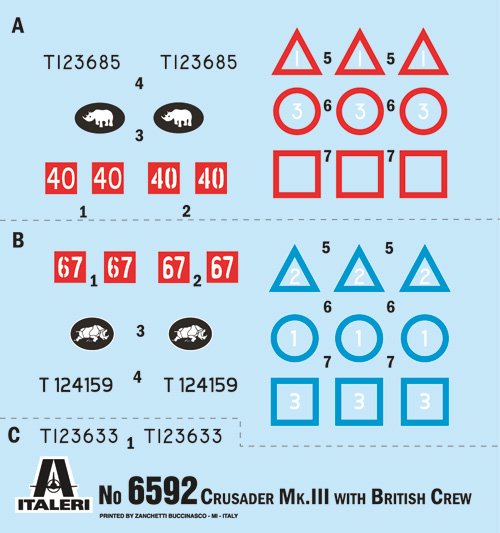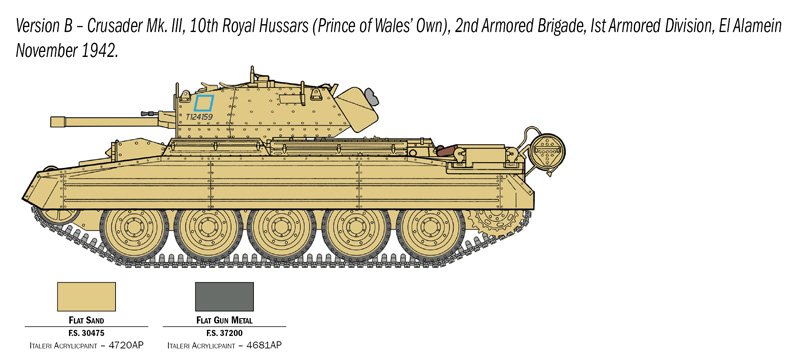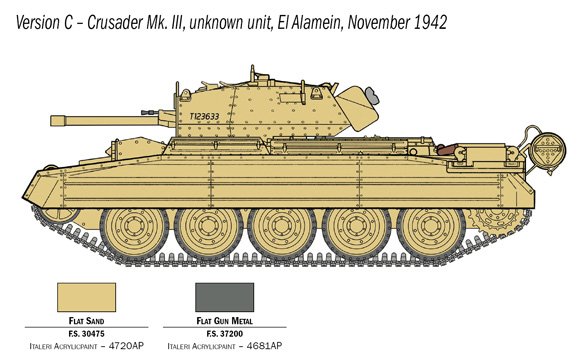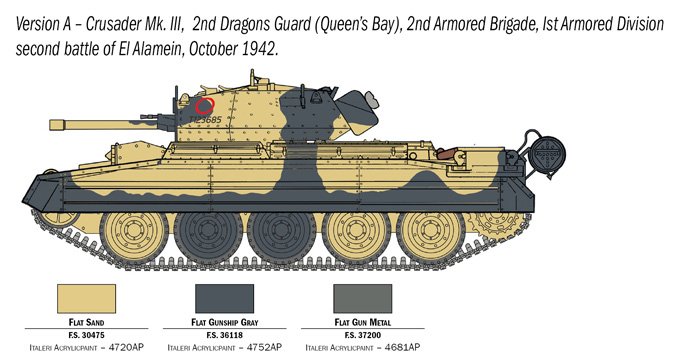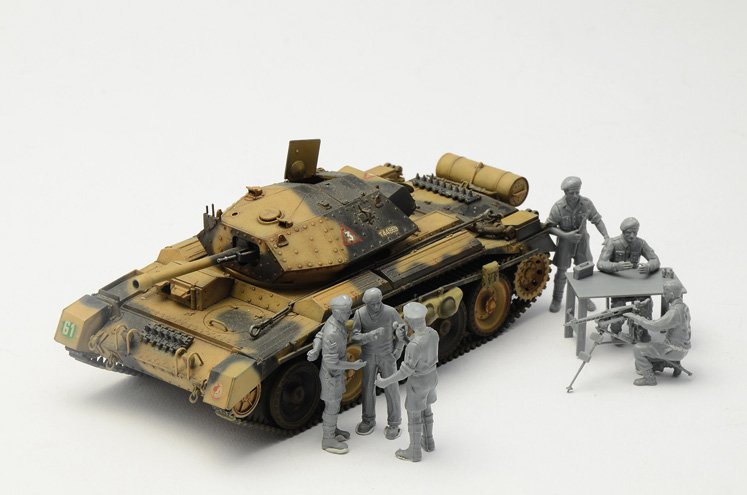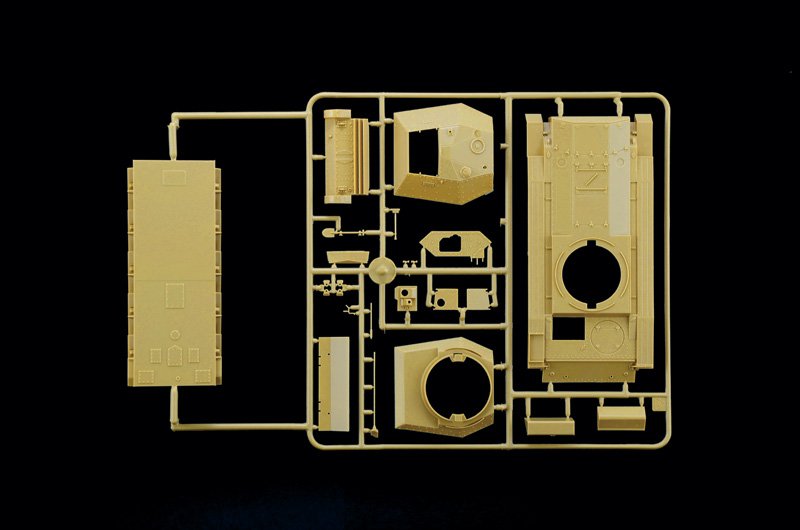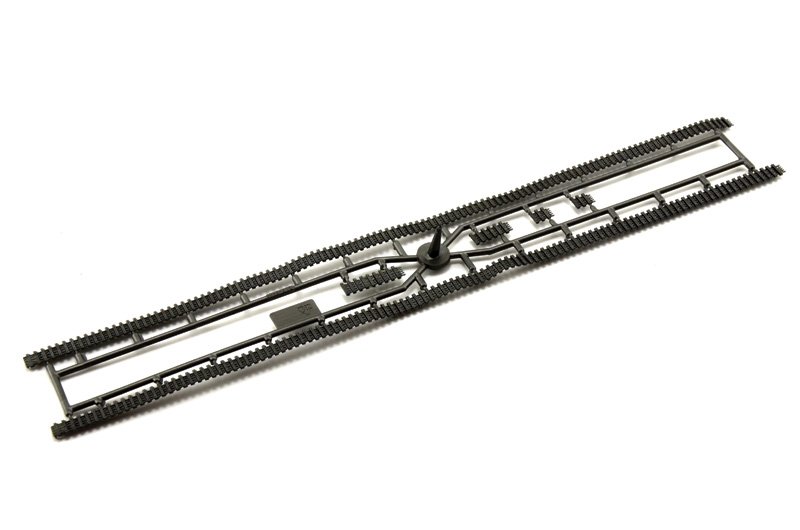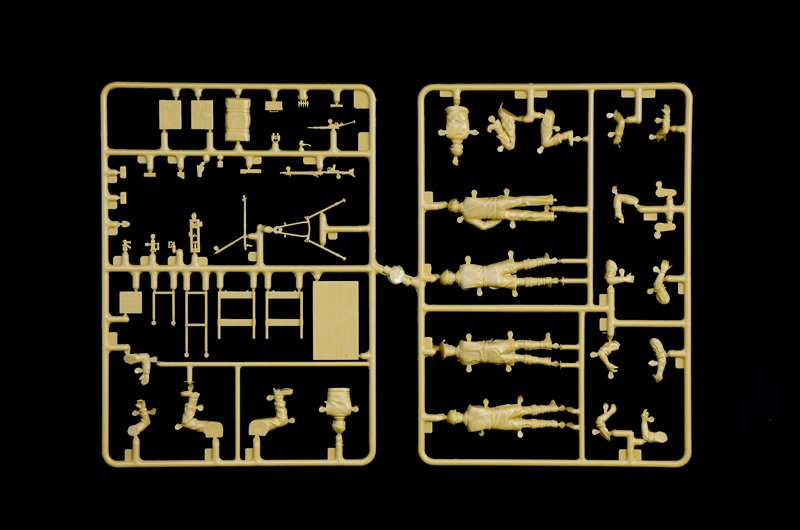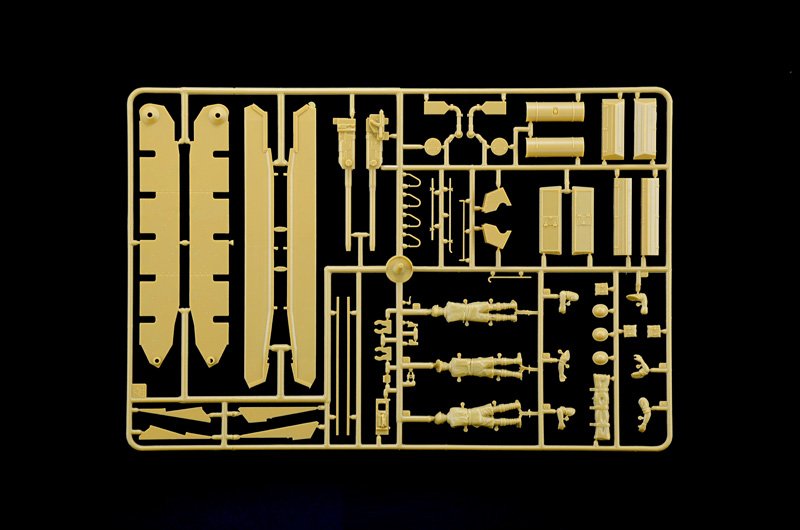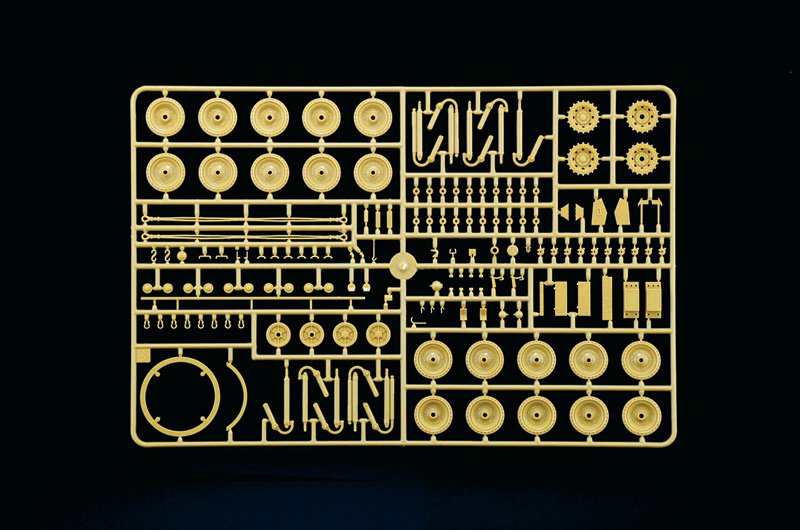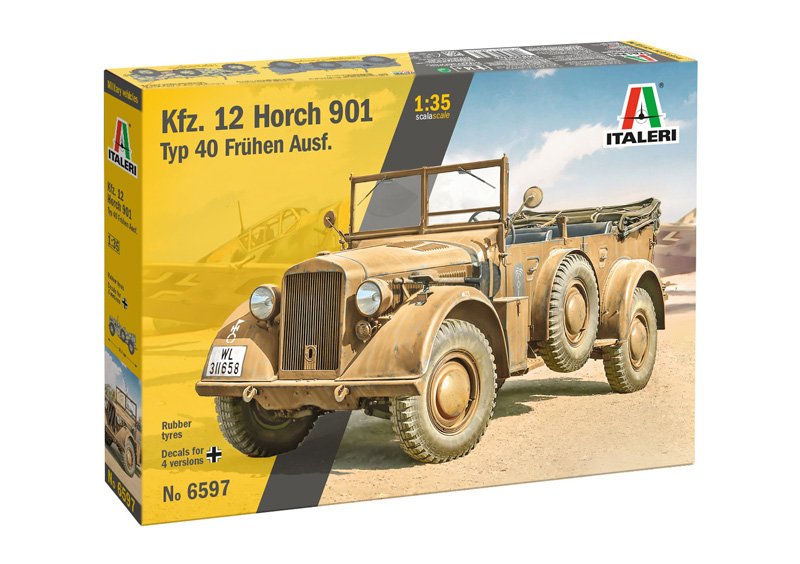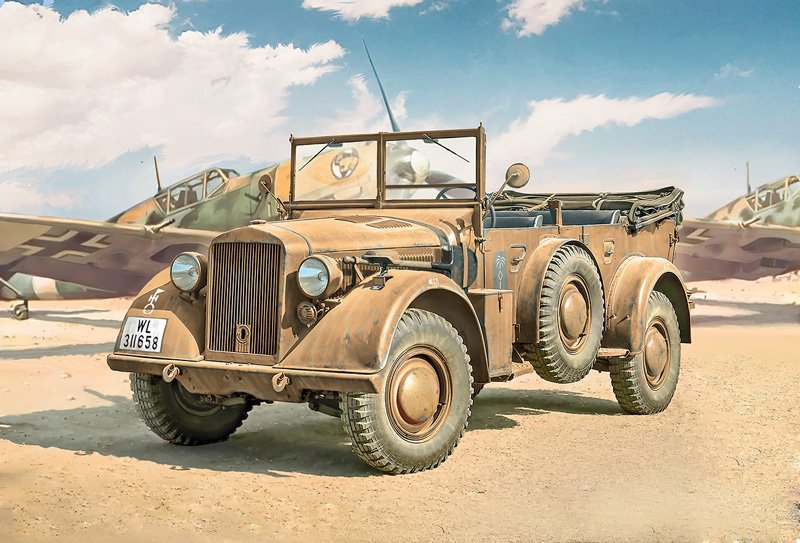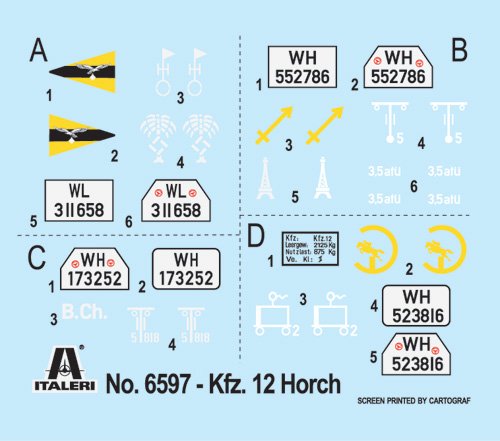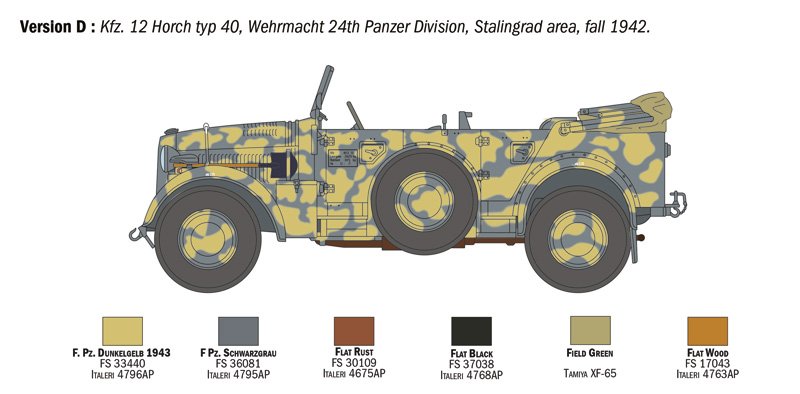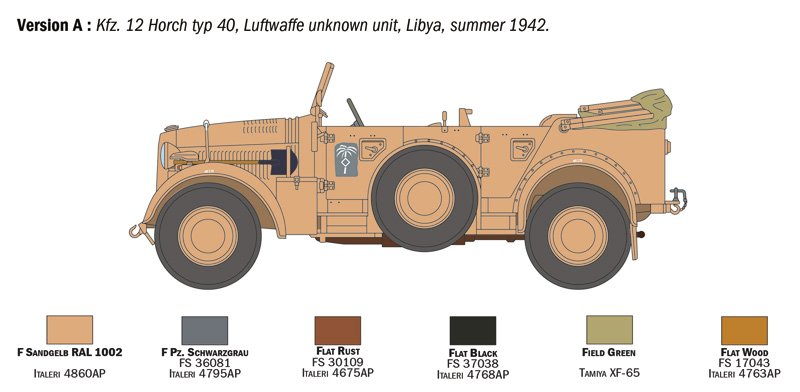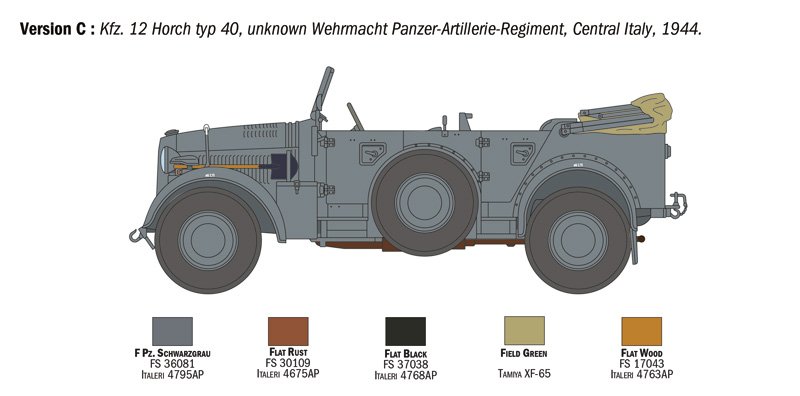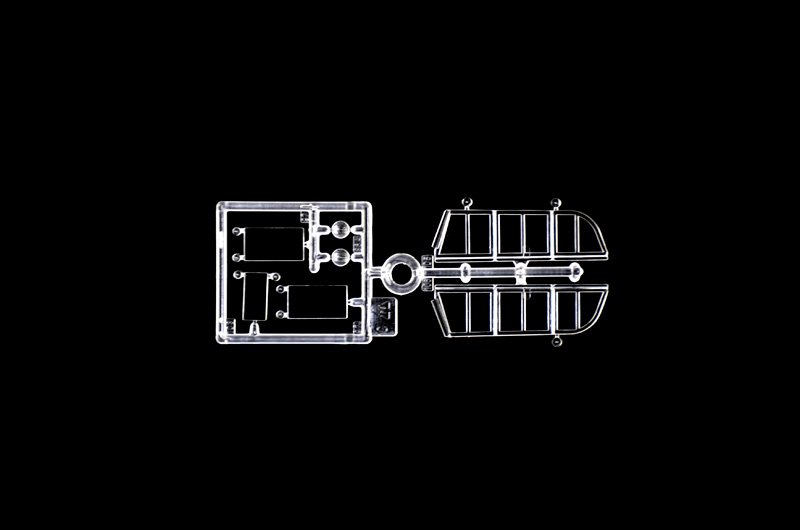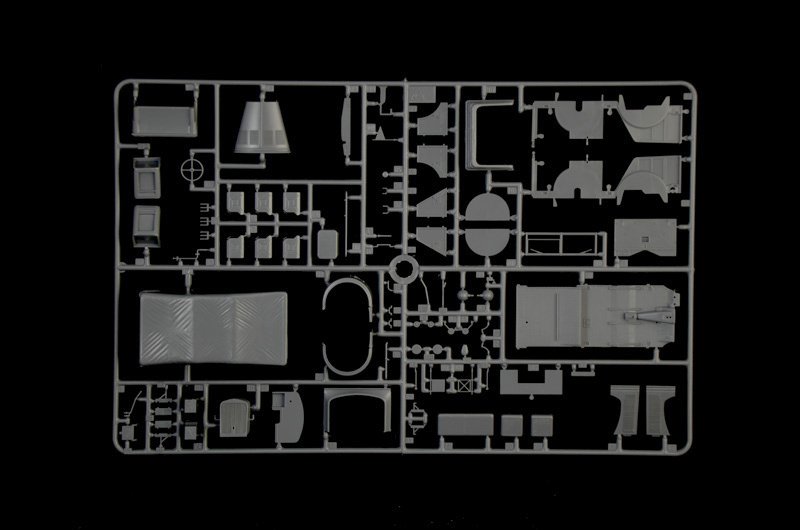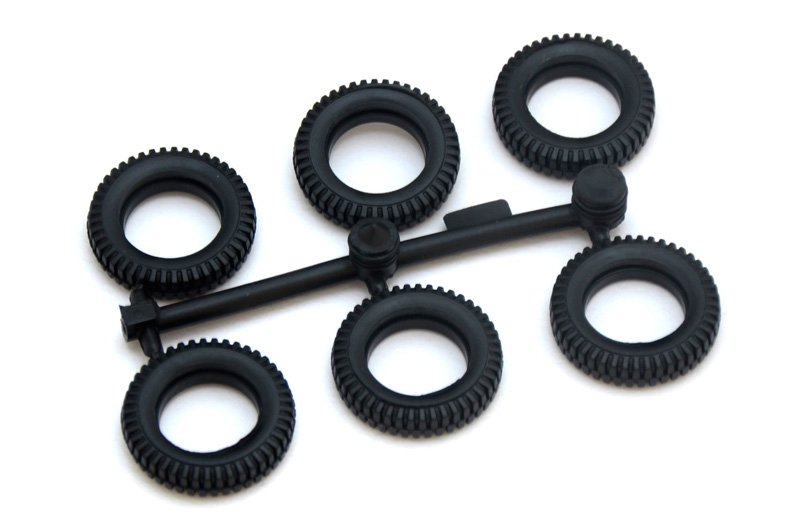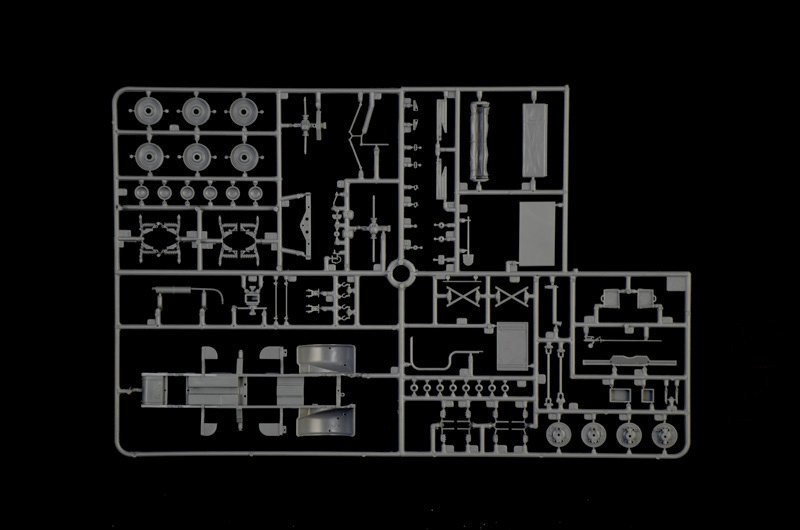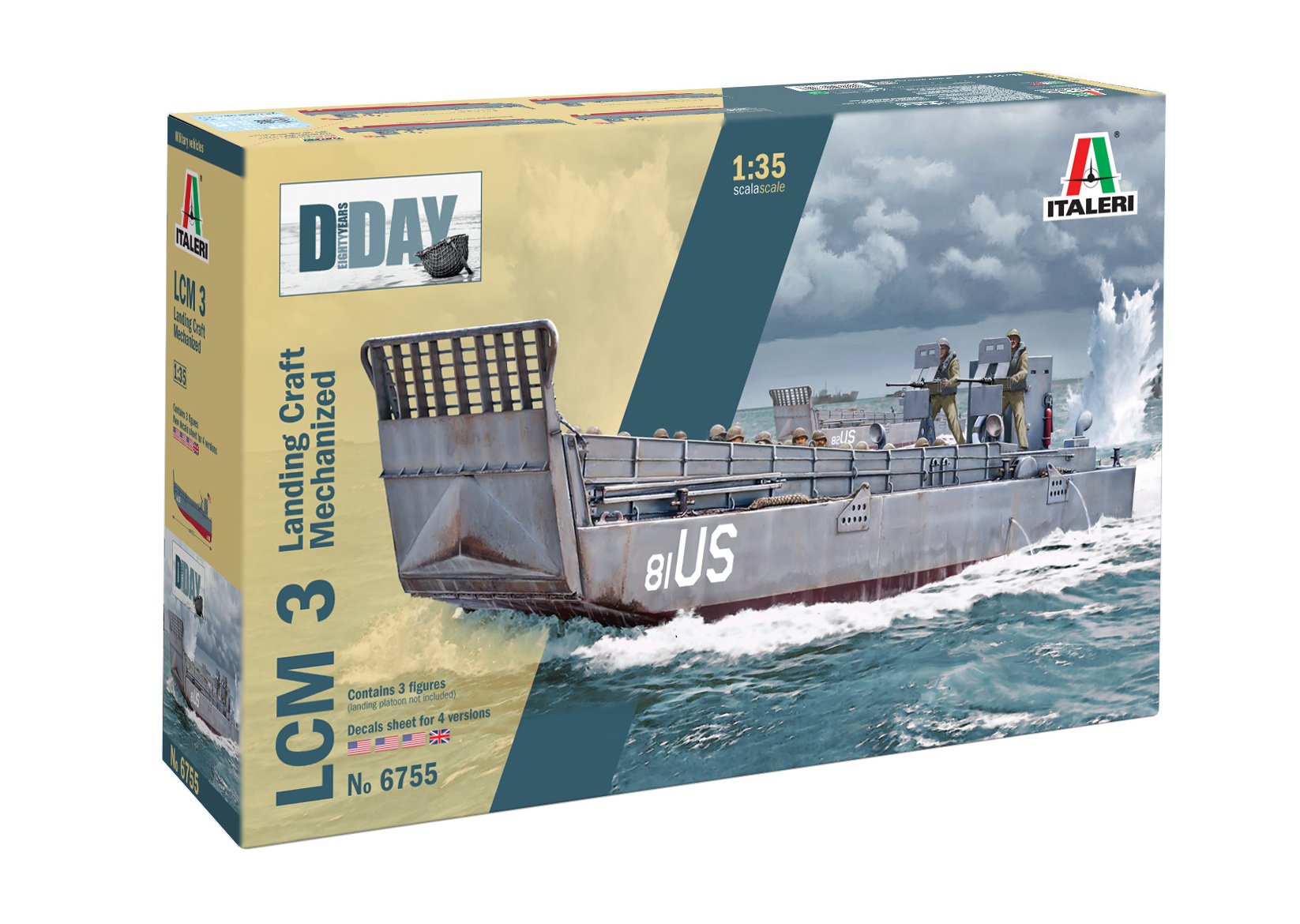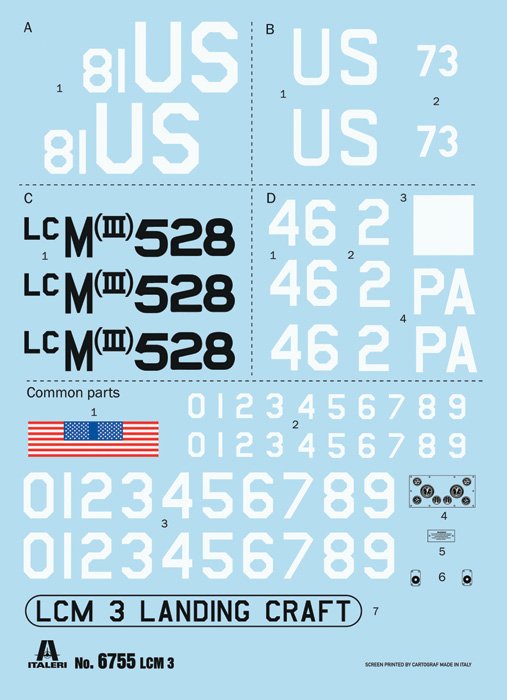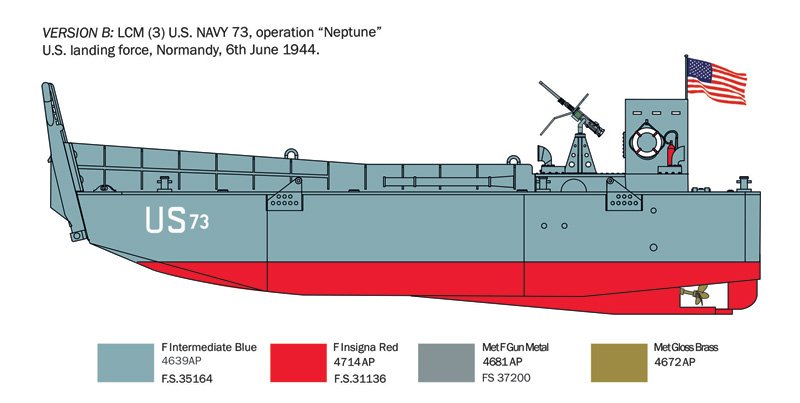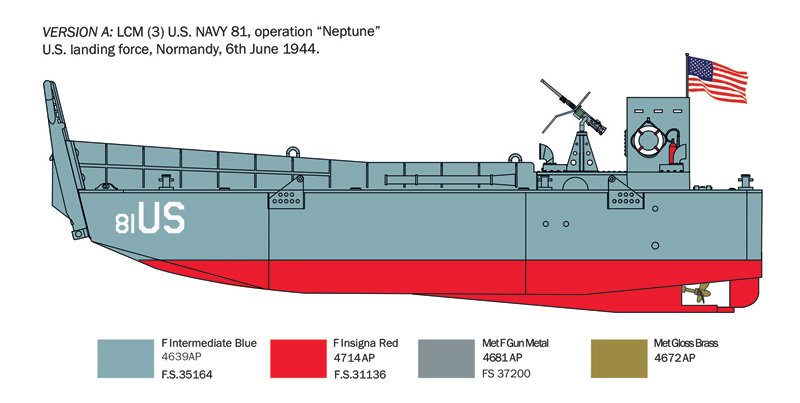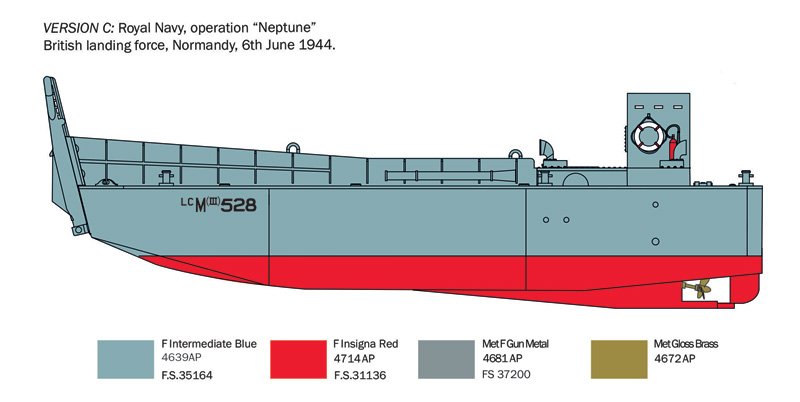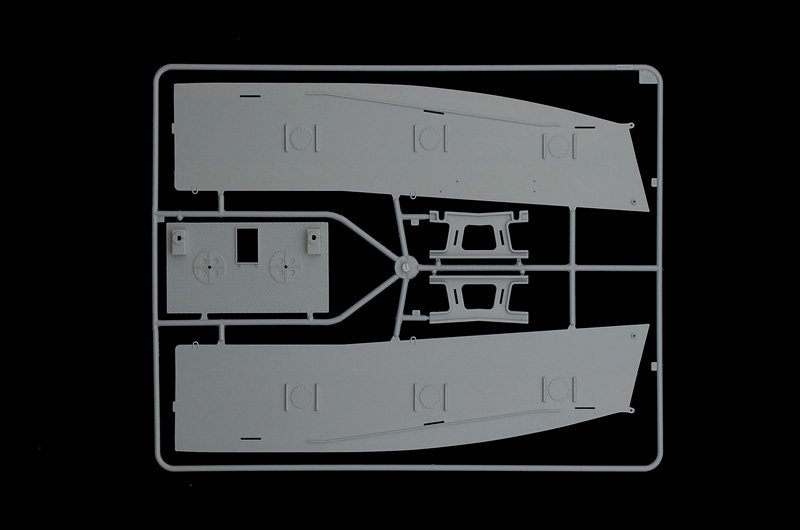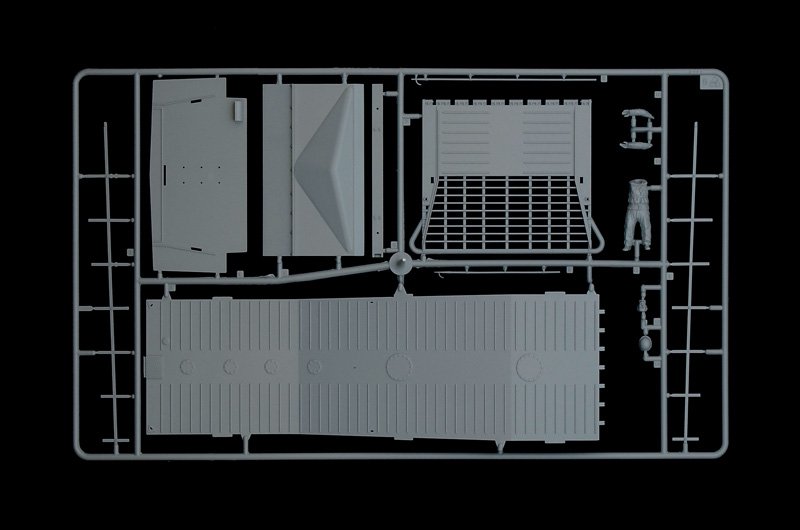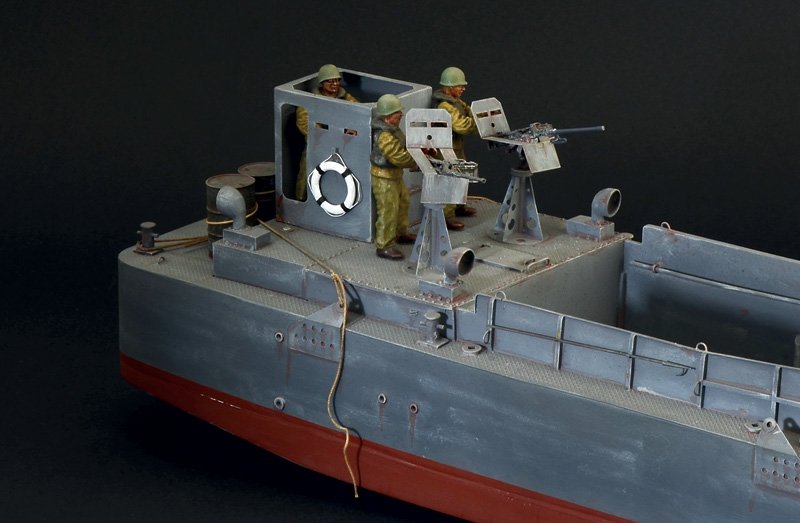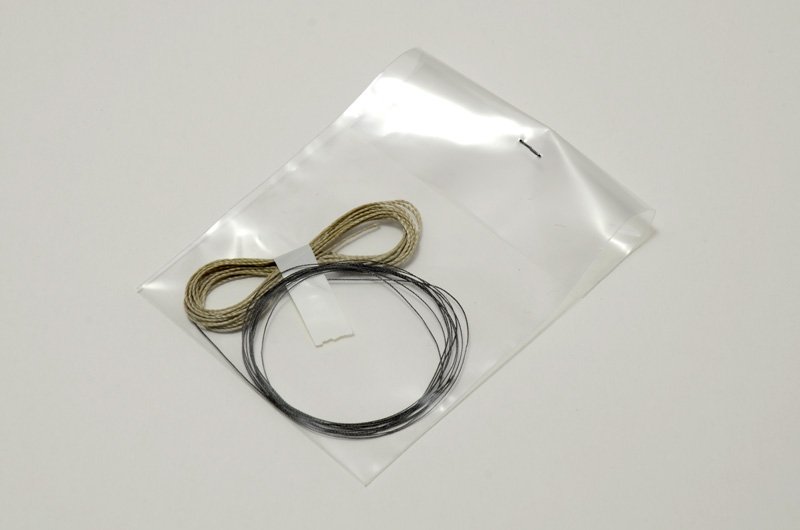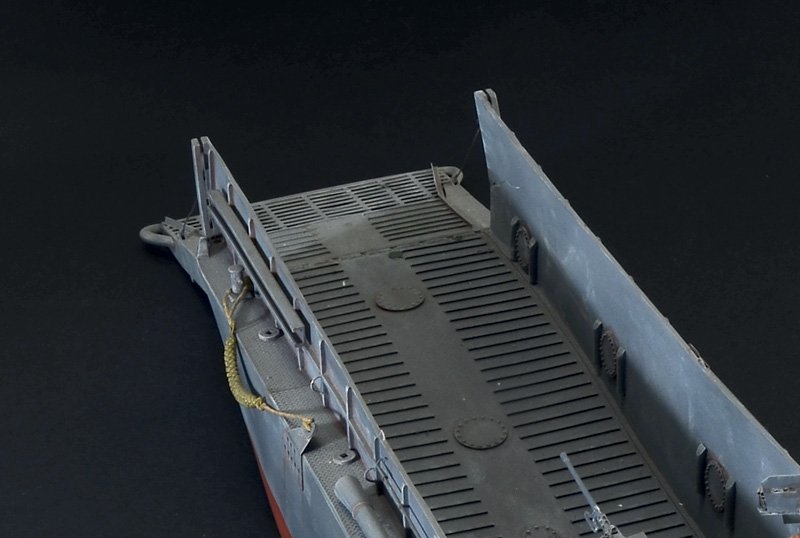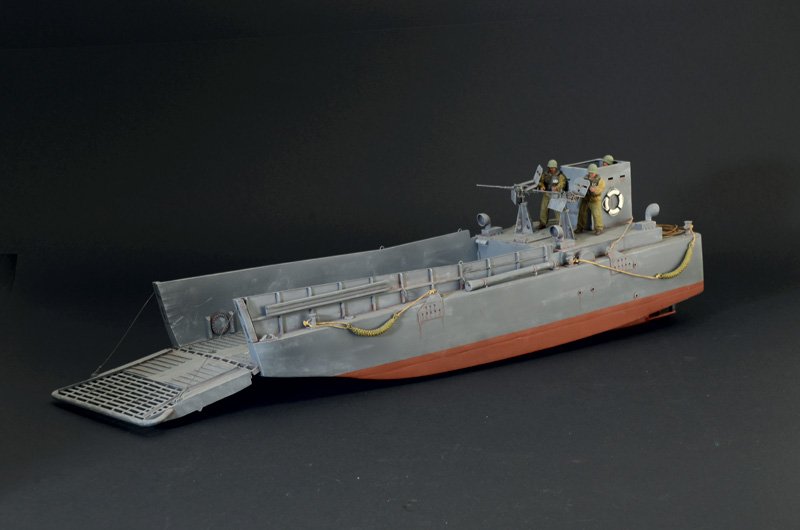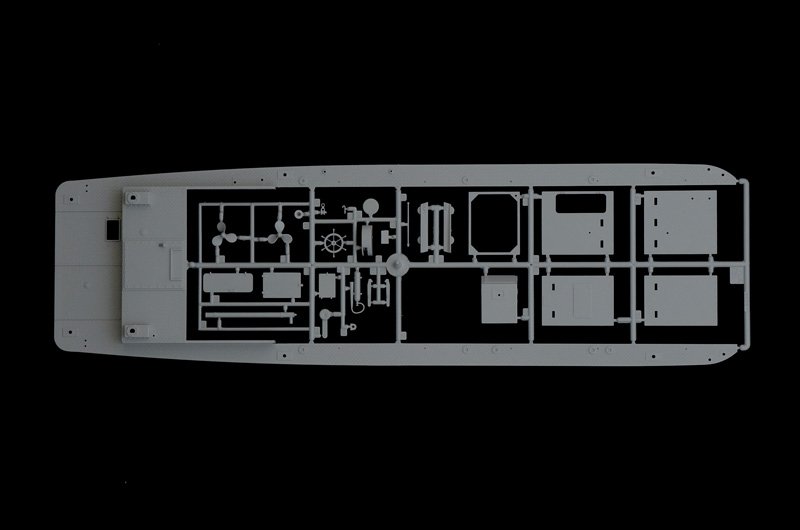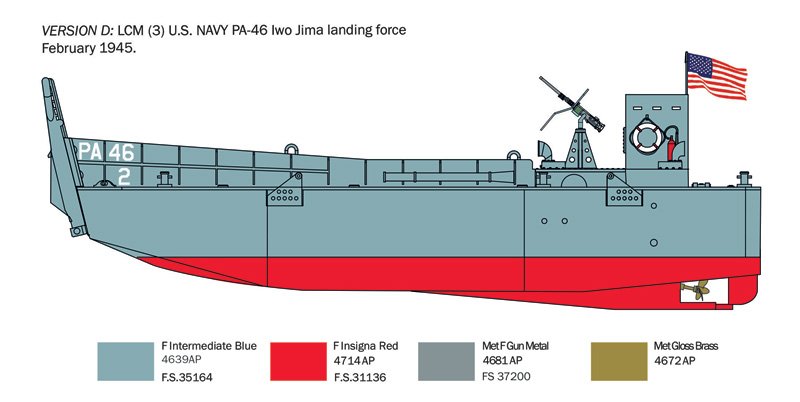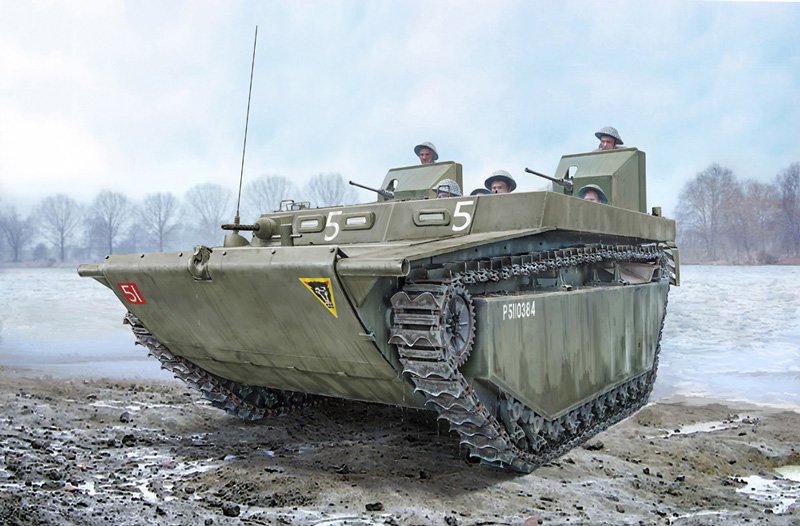 Image 1 of 13
Image 1 of 13

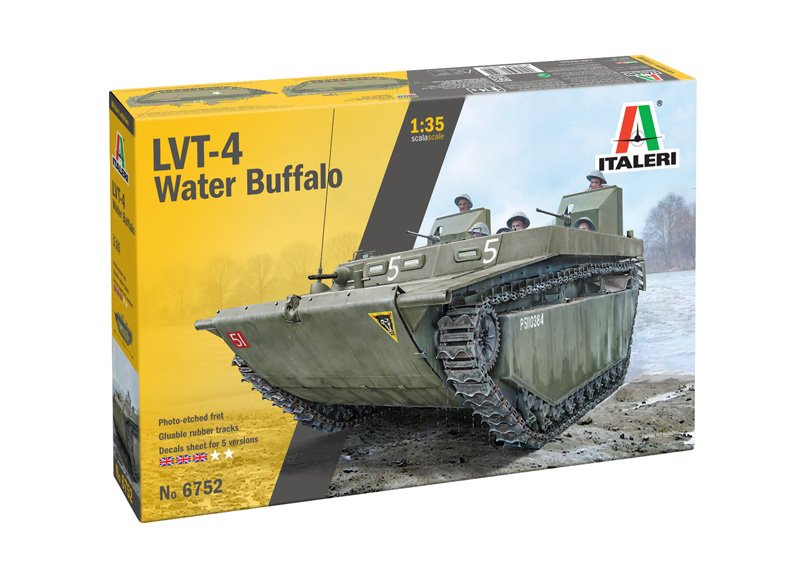 Image 2 of 13
Image 2 of 13

 Image 3 of 13
Image 3 of 13

 Image 4 of 13
Image 4 of 13

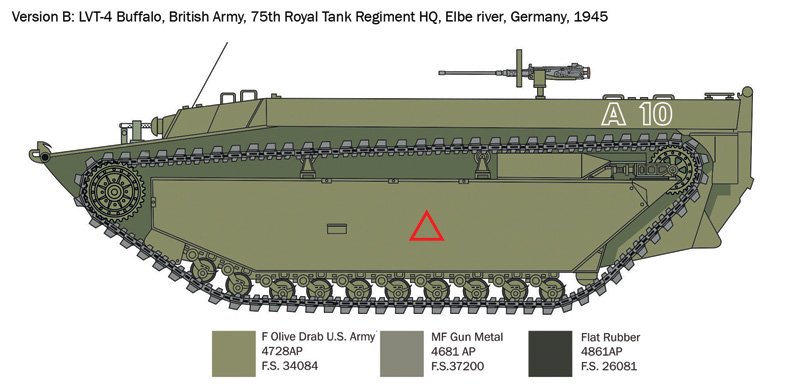 Image 5 of 13
Image 5 of 13

 Image 6 of 13
Image 6 of 13

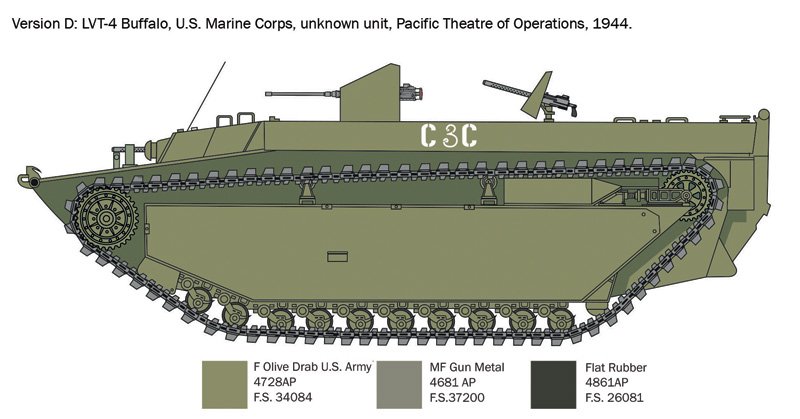 Image 7 of 13
Image 7 of 13

 Image 8 of 13
Image 8 of 13

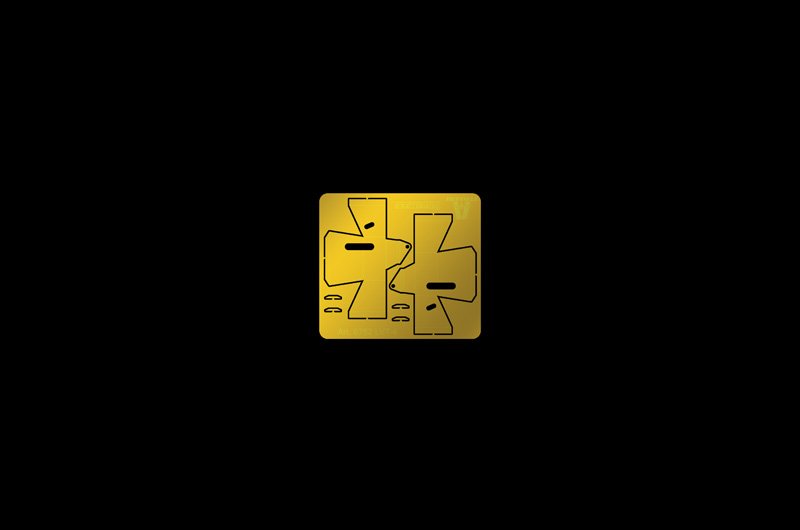 Image 9 of 13
Image 9 of 13

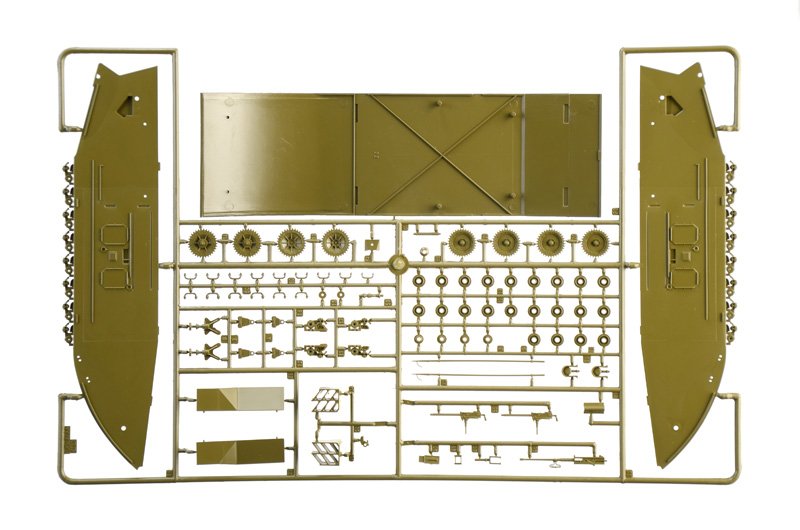 Image 10 of 13
Image 10 of 13

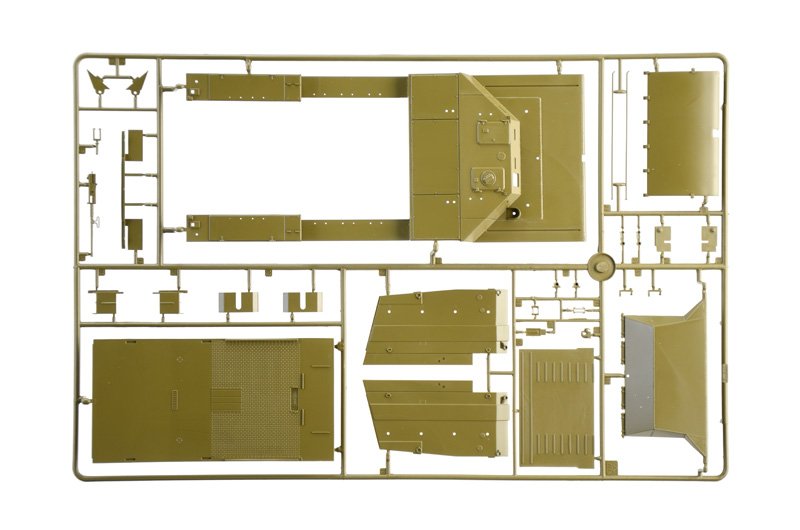 Image 11 of 13
Image 11 of 13

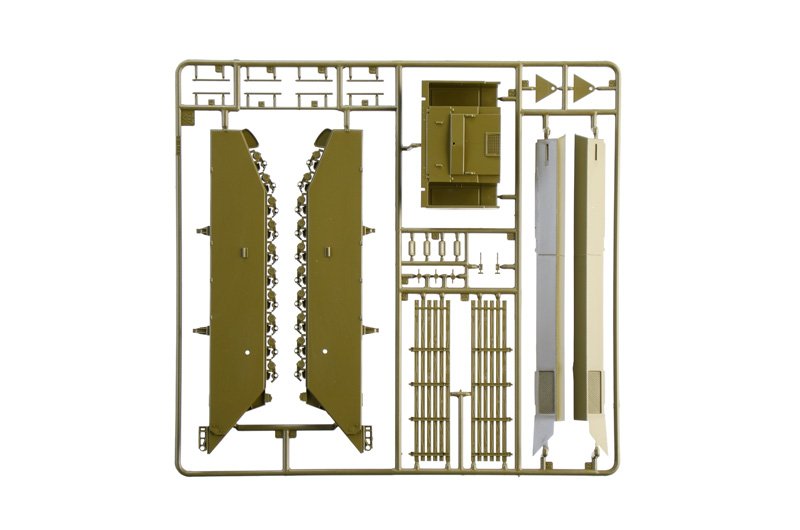 Image 12 of 13
Image 12 of 13

 Image 13 of 13
Image 13 of 13














Italeri 6752 LV-T 4 Water Buffalo 1:35 Model Kit
Brand New Item
Schemes Include:
LVT-4
Water Buffalo LVT-4
GB British Army (1660-now)
2nd Commando Brigade A20, April 1945 Operation Roast - Comacchio Lake
5th Royal Tank Regiment, 79th Armored Division, P5110384 5, 1945 World War 2»Rhine Crossing - Rhine River
75th Royal Tank Regiment HQ P5877241 A10, 1945 - Elbe River
US Army (1784-now)
351st Infantry Regiment, 88th Infantry Division 914009 C&C, April 1945 - Po River, Ostiglia
US Marine Corps (1798-now)
9131291 4-7, October 1944 - Luzon
Details
LVT-4 Water Buffalo (ETO)
Type: Military vehicles
Period: Second World War
Country: United States
SKILL: 3
Model Dim: 22,8 cm
Box Dim. 373 x 241 x 60 mm
Description
GLUABLE RUBBER TRACKS - PHOTO-ETCHED - DECALS FOR 5 VERSIONS
FIGURE NOT INCLUDED
The L.V.T. tracked vehicles (an acronym for Landing Vehicle Tracked) were developed to equip the United States armed forces, including the Army and the Marine Corps, with a suitable vehicle for amphibious operations capable of providing a good level of protection. Often known as "Amtrac," they were widely used in the Pacific theater against Japanese forces, as well as in the European theater during the last year of the war. The LVT-4, in particular, represented a significant improvement over previous versions. With the redesign, the engine was relocated to a central position, freeing up the rear of the vehicle for the addition of a ramp that allowed for the rapid loading and unloading of light vehicles or small-caliber artillery pieces to support landing troops. It was the most successful version with the highest number of vehicles produced.
Brand New Item
Schemes Include:
LVT-4
Water Buffalo LVT-4
GB British Army (1660-now)
2nd Commando Brigade A20, April 1945 Operation Roast - Comacchio Lake
5th Royal Tank Regiment, 79th Armored Division, P5110384 5, 1945 World War 2»Rhine Crossing - Rhine River
75th Royal Tank Regiment HQ P5877241 A10, 1945 - Elbe River
US Army (1784-now)
351st Infantry Regiment, 88th Infantry Division 914009 C&C, April 1945 - Po River, Ostiglia
US Marine Corps (1798-now)
9131291 4-7, October 1944 - Luzon
Details
LVT-4 Water Buffalo (ETO)
Type: Military vehicles
Period: Second World War
Country: United States
SKILL: 3
Model Dim: 22,8 cm
Box Dim. 373 x 241 x 60 mm
Description
GLUABLE RUBBER TRACKS - PHOTO-ETCHED - DECALS FOR 5 VERSIONS
FIGURE NOT INCLUDED
The L.V.T. tracked vehicles (an acronym for Landing Vehicle Tracked) were developed to equip the United States armed forces, including the Army and the Marine Corps, with a suitable vehicle for amphibious operations capable of providing a good level of protection. Often known as "Amtrac," they were widely used in the Pacific theater against Japanese forces, as well as in the European theater during the last year of the war. The LVT-4, in particular, represented a significant improvement over previous versions. With the redesign, the engine was relocated to a central position, freeing up the rear of the vehicle for the addition of a ramp that allowed for the rapid loading and unloading of light vehicles or small-caliber artillery pieces to support landing troops. It was the most successful version with the highest number of vehicles produced.
Brand New Item
Schemes Include:
LVT-4
Water Buffalo LVT-4
GB British Army (1660-now)
2nd Commando Brigade A20, April 1945 Operation Roast - Comacchio Lake
5th Royal Tank Regiment, 79th Armored Division, P5110384 5, 1945 World War 2»Rhine Crossing - Rhine River
75th Royal Tank Regiment HQ P5877241 A10, 1945 - Elbe River
US Army (1784-now)
351st Infantry Regiment, 88th Infantry Division 914009 C&C, April 1945 - Po River, Ostiglia
US Marine Corps (1798-now)
9131291 4-7, October 1944 - Luzon
Details
LVT-4 Water Buffalo (ETO)
Type: Military vehicles
Period: Second World War
Country: United States
SKILL: 3
Model Dim: 22,8 cm
Box Dim. 373 x 241 x 60 mm
Description
GLUABLE RUBBER TRACKS - PHOTO-ETCHED - DECALS FOR 5 VERSIONS
FIGURE NOT INCLUDED
The L.V.T. tracked vehicles (an acronym for Landing Vehicle Tracked) were developed to equip the United States armed forces, including the Army and the Marine Corps, with a suitable vehicle for amphibious operations capable of providing a good level of protection. Often known as "Amtrac," they were widely used in the Pacific theater against Japanese forces, as well as in the European theater during the last year of the war. The LVT-4, in particular, represented a significant improvement over previous versions. With the redesign, the engine was relocated to a central position, freeing up the rear of the vehicle for the addition of a ramp that allowed for the rapid loading and unloading of light vehicles or small-caliber artillery pieces to support landing troops. It was the most successful version with the highest number of vehicles produced.
